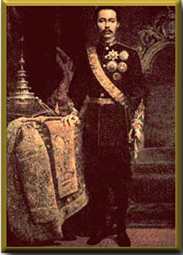
KING CHULALONGKORN [ RAMA V ] 1868 -1910
-
Also known as Phra Chula Chomklao Chaoyuhua,
and the eldest son of King Rama IV,
he was born in Bangkok on September 20, 1853 and was crowned King on October 1,
1868, following the death of his father. The first few years of his
reign were under a regency. King Chulalongkorn is perhaps the most
revered of all the Chakri Kings--during
his long reign of 42 years 23 days great advances were achieved for
the country.
- The King actively pursued a policy of "modernizing" the country
and had a number of Europeans in his service to oversee such
projects as the building of the first railway in Thailand. He himself made two visits to Europe, one
in 1897 and another in 1907, during which he became acquainted with
most of the rulers of Europe. Bonds of friendship between himself
and the various European royal families were formed which exist
to the present day. Not only was he the first Thai king to travel
abroad [ he made several visits to the Straits Settlements, the
Malay States and the Dutch East Indies ] but he also sent his sons
to study in Europe [ to school in England and later for military
training to Denmark, Germany and Russia ].
- He successfully managed to cultivate the idea of Siam as a buffer
state between the colonial possessions of the European powers in
South-East Asia. The price he paid of losing certain border
territories was amply rewarded, for Siam was never colonized - the
only country in the region to maintain its sovereignty throughout
the period of colonial expansionism. Much beloved by his people he
died on October 23, 1910.
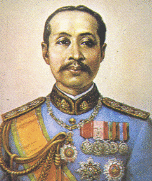
|
|
In his early reign, King Chulalongkorn was a minor; all the governments' functions has been taken care by the regent.
The King had opportunities to make the observation and study tour in the neighboring countries. He made trips to Singapore and Java in 1870, and to India and Burma in 1871.
King Chulalongkorn built up the modern army along the same line as those of the European countries and put under the command of Chao Phra Surasakmontri.
In 1871 the Royal Guard soldiers were developed into the larger unit and were furnished with more modern weapons.
On the occasion of his second enthronement in 1873, he abolished the old humiliated practice of prostration in the royal presence. The government officials were required to dress in full uniforms and stan in the royal presence.
King Rama V introduced the new fashions in dressing for both men and women. Men had hair cut in western stye, and women started to have long hair.
On the first enthronement, King Chulalongkorn issued a royal decree that all the people born in his reign would be free, since he determined that slavery should eventually disappear from his realm.
In order not to create a social upheaval suddenly, King Rama V took gradual measures to release slaves to freedom, and in 1905 he issued a law for the blition of slavery. Thus the Thai people won fredom without any struggle.
The first public museum was established by King Rama V in 1880 at the Concordia Building inside the Grand Palace compound. Later, when the viceroy or Uparat position was replaced by the crown Prince position,
the Palace of the Uparat or the Front Palace was vacant. In 1887 the museum was moved to the Froont Palace and developed to be the National Museum.
|
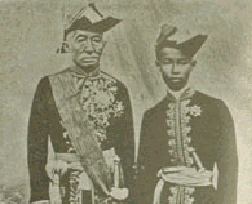
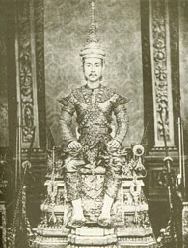
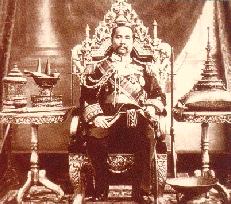
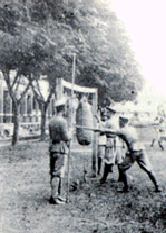
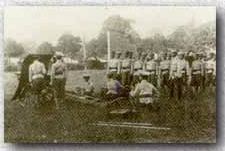
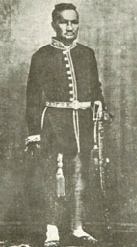
|
Top
|
|
Return to the main page
|




